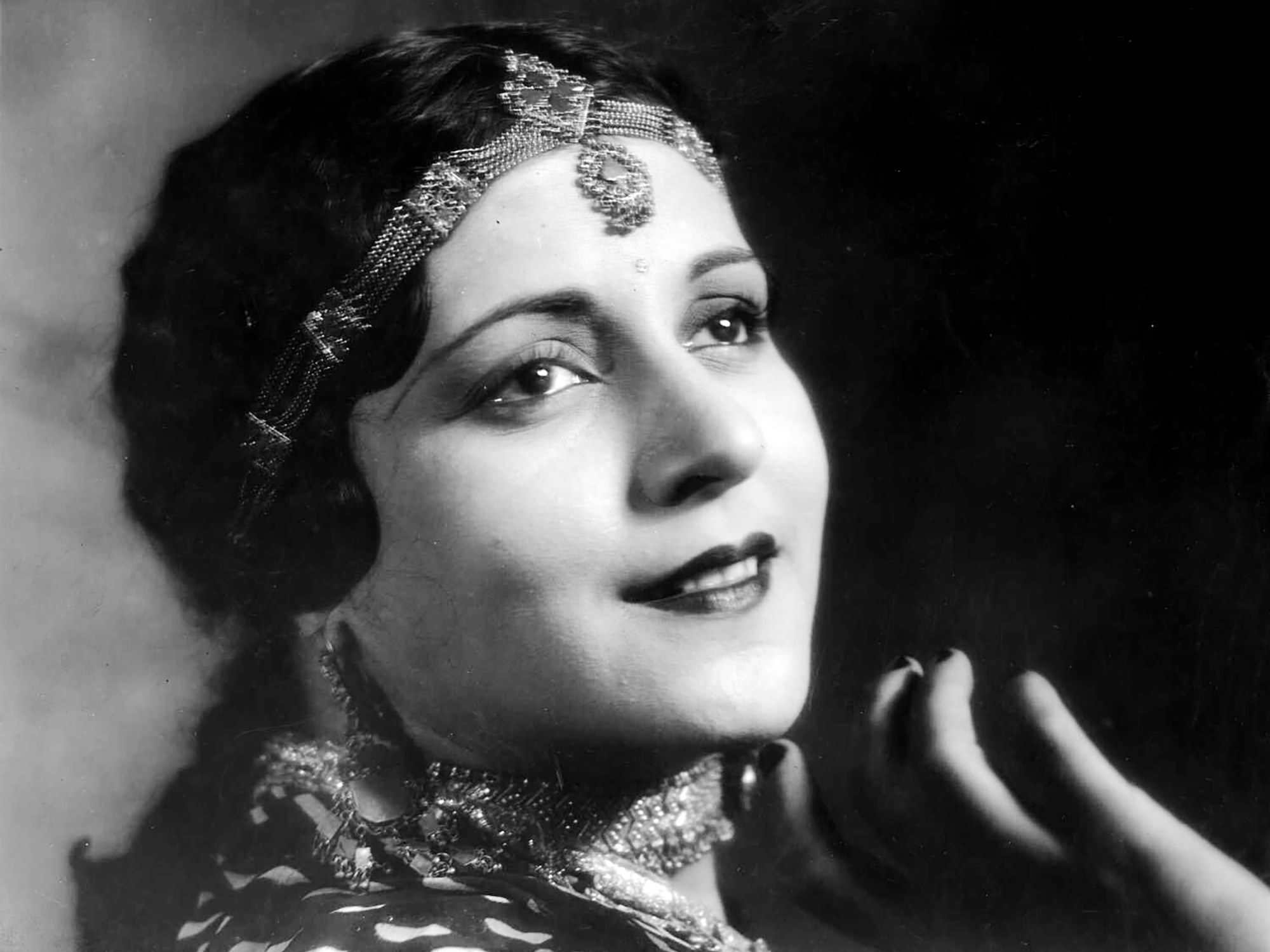
- Industry
Female Pioneers in International Cinema – Ruby Myers aka Sulochana
On July 7, 1896, the Lumière brothers screened six of their silent short films at the Watson Hotel in Mumbai, India. They were Entry of Cinematographe, The Sea Bath, Arrival of a Train, A Demolition, Ladies and Soldiers on Wheels, and Leaving the Factory. The ticket cost a rupee and the event was covered by the Times of India. The daily newspaper called it the ‘miracle of the century.’
Given the success, more screenings were held for a month in two separate venues. They inspired the rise of the Indian film industry. While the first Indian film made was a documentary-style short called The Wrestlers, in 1899, featuring two men wrestling in a park, the first feature-length film was made by Dadasaheb Phalke (dubbed the Father of Indian Cinema) in 1913. The film, Raja Harishchandra, incorporated Sanskrit epics. All the female characters were played by men.
The first woman to act in an Indian silent film was Ruby Myers, a Baghdadi Jew born in 1907 in Pune. She belonged to a community of immigrants from Baghdad, Basra, and Aleppo, who moved to India at the end of the 18th century and settled in Calcutta, Bombay, and Puna. They were mostly involved in trading.
Myers was working as a telephone operator when she was asked by director Mohan Bhavnani, of the Kohinoor Film Company, to play a part in a film. After turning him down, as acting was considered a disreputable business for women, she changed her mind when he offered her a lead role. She subsequently built a very successful career and eventually become the highest-paid actress in the industry, reportedly earning more money than the Governor of India, Rs. 5000 a month at her peak, enough for her to drive around in an imported Chevrolet.
Myers made her debut in 1925’s Veer Bala under the stage name Sulochana, presumably to hide her Eurasian roots and make herself more relatable to the audience. Other films followed, such as Typist Girl (1926), Balidaan (1927), Cinema Queen (1926), and Wildcat of Bombay (1927) – in the latter she played multiple roles including a policeman, a street urchin, a gardener, a banana vendor, a man from Hyderabad and a European blonde.
She then moved on to work with the Imperial Film Company, making several romantic films with the ‘John Barrymore of India,’ her lover Dinshaw Billimoria, in the late 20s. They co-starred in films like Madhuri (1928), Anarkali (1928), and Indira B.A. (1929), all directed by R.S. Chaudhari. Most were epic films, lavishly costumed. Sulochana became known as the “Queen of Romance” and there are film-stills showing a passionate kiss between her and Billimoria in the film Heer Ranjha, of 1929. Such intimacy was still portrayed at the time in films; it was only after Partition, in 1947, that repression and censorship throttled the industry.
Her popularity was such that one of Sulochana’s dances from Madhuri was incorporated into a short film promoting Mahatma Gandhi’s khadi (homespun cloth) exhibition, complete with sound effects synched into it.
In her heyday, in the early 1930s, Sulochana launched a film production house, Rubi Pics, to advance her career.
She told a reporter in 1953, “In those days, films were produced in conditions which can only be described as primitive. But what we lacked in technique, we more than made up with our gusto and robust acting and thrills.”
With the arrival of talkies, Sulochana fell out of favor, as her Hindi was inadequate. Undaunted, she studied the language for a year, returning to the industry in the sound version of Madhuri in 1932. She remade several of her silents as talkies, including Indira (now an) M.A. (1934), Anarkali (1935), and Bombay ki Billi (1936), the latter a remake of Wildcat of Bombay.
After the end of the affair with Billimoria, Sulochana struggled to maintain her career and was forced to accept supporting roles and cameos. Her biggest hit was Jugnu, in 1947, the film that launched legendary superstar Dilip Kumar’s career. Though it grossed $5 million, the highest box office at the time, it was so controversial that it ended up being banned by Home Minister Morarji Desai (who would go on to become India’s fourth Prime Minister). It was considered morally reprehensible that the lead characters found love on a college campus. Particularly shameful to him was the romance between Sulochana’s hostel matron and a college professor. Filmindia editor Baburao Patel called it ‘a dirty, disgusting, vulgar picture,’ and took it upon himself to send his review to Desai, who banned the film until 28 minutes were removed. Patel wrote that Jugnu “tells us that college life in India is nothing more than a long sex hunt in which boys chase girls, explore their handbags, rob their tiffin boxes and sing suggestive love ditties while making vulgar gestures; while girls sigh about heavily, seduce boys to tea, pimp for their friends, puncture their cycle tires and sing songs of frustrated love … no decent exhibitor with any pride for his profession or any self-respect should exhibit it in his theatre.”
Sulochana’s other well-known supporting role, as a mother in the third remake of Anarkali, in 1953, had no such problems. She continued working in bit parts till 1981; her last appearance was in the film Khatta Meetha.
While her career was feted when she was awarded the prestigious Dada Saheb Phalke award in 1973, the highest recognition by the Government of India for her contributions to Indian cinema, she died impoverished in 1983 in a small apartment in Bombay, reportedly unable to even pay her rent.
In 2013, she was commemorated on a postage stamp. In 2017, her contributions were included in the documentary Shalom Bollywood, which related the contributions of the Indian Jewish community in the film industry.